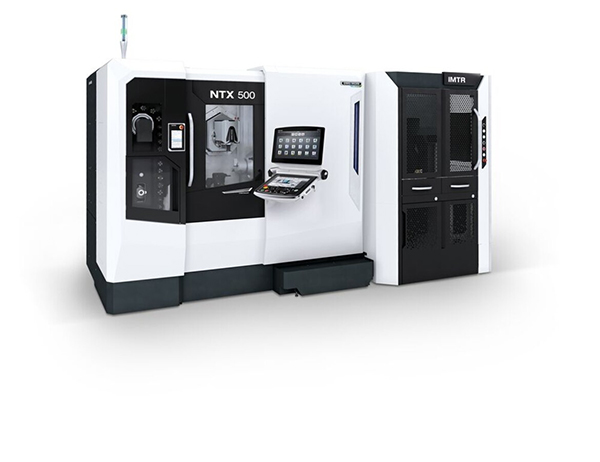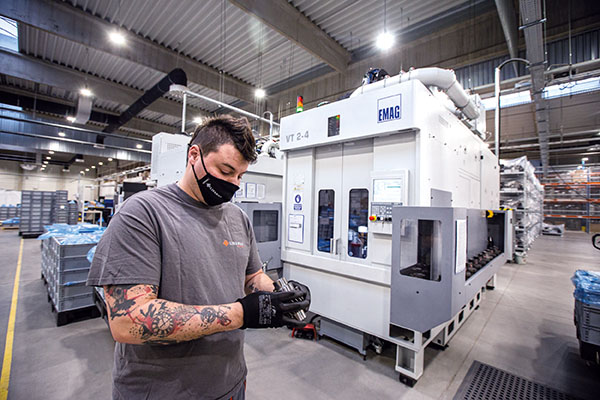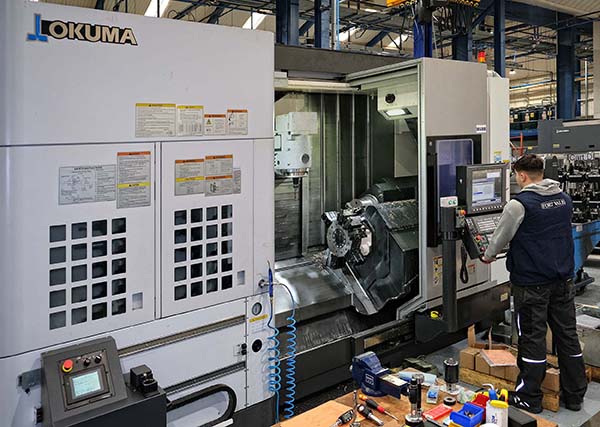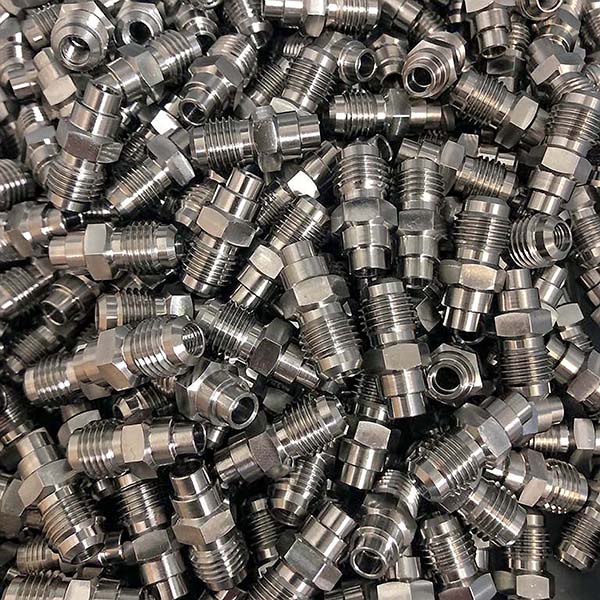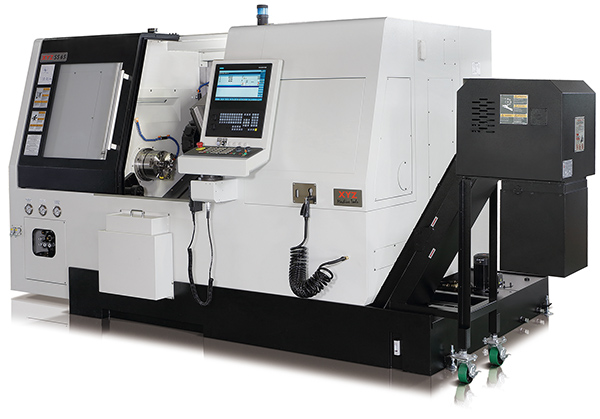
The new DMG Mori NTX 500 turn-mill machine is the most compact model in the NTX series for the six-sided complete machining of
complex workpieces.
With the continuing trend towards increasingly complex components there is a need for extremely versatile manufacturing solutions. With the NTX turn-mill series, DMG Mori says it has a product range that enables the productive manufacturing of parts in demanding industries, particularly artificial bones and implants for the medical sector. Now, the machine tool manufacturer is presenting the NTX 500, its smallest model in the series with a working area for workpieces up to 120 mm diameter by 558 mm long.
As with its larger sister models, the heart of the NTX 500 is a high-speed ‘turn and mill’ CompactMaster spindle with a length of only 250 mm. Its speed of 42,000 rpm and swivel range of ±120° offer flexibility in five-axis simultaneous machining, even with small diameter precision tools. The Y axis moves by 150 mm.
The main and counter TurnMaster spindles offer speed up to 8000 rpm.
DMG Mori’s new NTX 500 features a lower turret with 16 tool positions, including a Y axis providing 60 mm of travel. This design allows parallel cutting to the turn and mill spindle in four-axis machining routines, reducing cycle times. The tool magazine can be loaded during machining and provides space for 38 tools. Optionally, 76 or 114 tool positions are available.
Automation solutions are available for the NTX 500, with an integrated bar feeder and an integrated robot (IMTR) for unmanned production over long periods. The former is for bar stock up to 40 mm diameter, while the integrated robot allows automatic workpiece unloading from the main and counter spindles.
For further information
www.dmgmori.com






